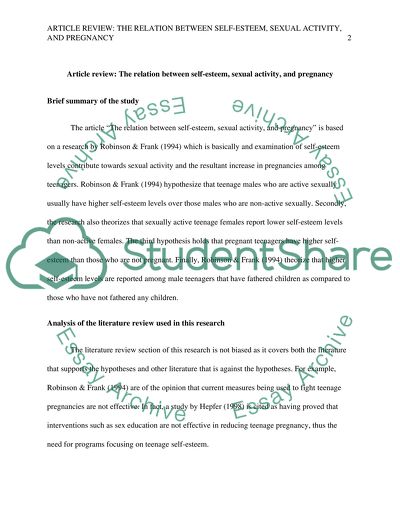Cite this document
(“Evaluating the Research Process Essay Example | Topics and Well Written Essays - 1500 words”, n.d.)
Evaluating the Research Process Essay Example | Topics and Well Written Essays - 1500 words. Retrieved from https://studentshare.org/miscellaneous/1655406-evaluating-the-research-process
Evaluating the Research Process Essay Example | Topics and Well Written Essays - 1500 words. Retrieved from https://studentshare.org/miscellaneous/1655406-evaluating-the-research-process
(Evaluating the Research Process Essay Example | Topics and Well Written Essays - 1500 Words)
Evaluating the Research Process Essay Example | Topics and Well Written Essays - 1500 Words. https://studentshare.org/miscellaneous/1655406-evaluating-the-research-process.
Evaluating the Research Process Essay Example | Topics and Well Written Essays - 1500 Words. https://studentshare.org/miscellaneous/1655406-evaluating-the-research-process.
“Evaluating the Research Process Essay Example | Topics and Well Written Essays - 1500 Words”, n.d. https://studentshare.org/miscellaneous/1655406-evaluating-the-research-process.


